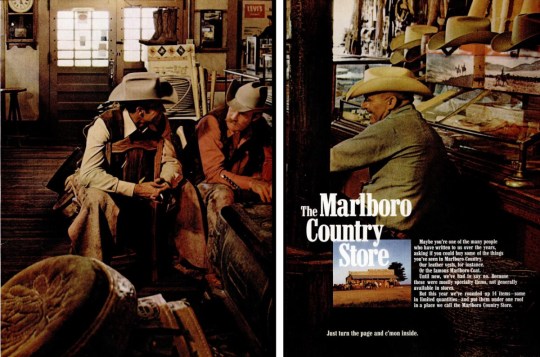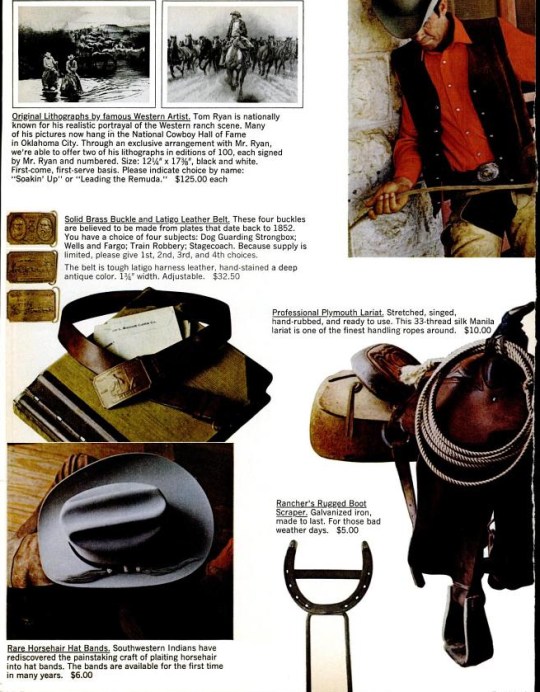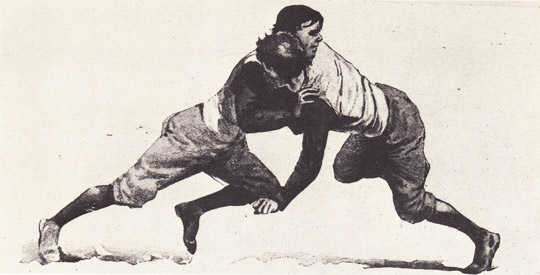From its new stock collection. There is also a section explaining some parts of the process in the factory tour area.
Category: Culture (page 9 of 27)
After World War 1 ended, there was a renewed interest in conquering Mount Everest, particularly among the British adventuring set that had lost out on reaching the North and South Poles first. In order to help finance and organize summit attempts, the Royal Geographical Society and Alpine Club created the Mount Everest Committee which consisted of ranking members of both groups.
As maps and general information about Mount Everest were lacking at the time, the first expedition was setup in 1921 for the purpose of surveying possible routes up to the peak. The group consisted of nine men, George Mallory among them, and a journal recounting their explorations was published not long after their return to England. It can be read online thanks to Google Books.
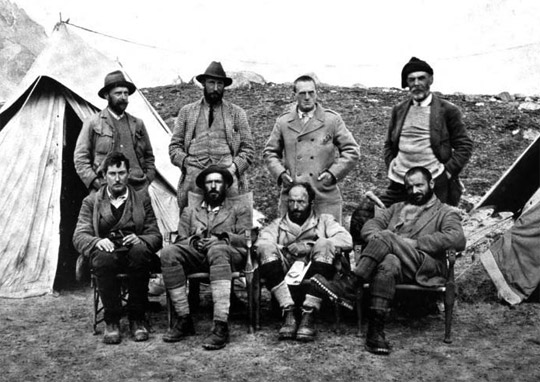
Members of the expedition, clockwise from the top left: Wollaston, Howard-Bury, Heron, Raeburn, Mallory, Wheeler, Bullock, and Morshead. Not pictured – the ninth man, Dr. Kellas, passed away while en route to the mountain.
Some parts of the introduction by Sir Francis Younghusband are quite good:
It stands to reason that men with any zest for mountaineering could not possibly allow Mount Everest to remain untouched. The time, the opportunity, the money, the ability to make the necessary preliminary preparation might be lacking, but the wish and the will to stand on the summit of the world’s highest mountain must have been in the heart of many a mountaineer since the Alps have been so firmly trampled under foot. The higher climbers climb, the higher they want to climb. It is certain that they will never rest content till the proudest peaks of the Himalaya are as subdued and tamed as the once dreaded summits of the Alps now are.
In the second half of the book, Mallory describes his explorations of the Northern Approach and climbing up to the North Col, which would later become a standard route for mountaineers to take. In one section he also describes his first view of Mount Everest:
It was a prodigious white fang excrescent from the jaw of the world. We saw Mount Everest not quite sharply defined on account of a slight haze in that direction; this circumstance added a touch of mystery and grandeur; we were satisfied that the highest of mountains would not disappoint us. And we learned one fact of great importance: the lower parts of the mountain were hidden by the range of nearer mountains clearly shown in the map running North from the Nila La and now called the Gyanka Range, but it was possible to distinguish all that showed near Everest beyond them by a difference in tone, and we were certain that one great rocky peak appearing a little way to the left of Everest must belong to its near vicinity.
It’s only unfortunate that the maps that Mallory and Bullock produced weren’t included in the scan of this particular book. Continue reading more.
Patagonia has just published a new book showing a collection of the photography that has appeared in its catalogs from over the years:
Since 1980, Patagonia has invited customers and wilderness photographers to submit their best, most unexpected shots of life outdoors – of alpine climbing, bouldering in the desert, skiing untracked bowls, surfing secret spots, ocean crossings, first kayak descents and travel in unfamiliar places. The photos have poured in ever since (current rate: 60,000 per year), some from the famous (John Russell, Galen Rowell), others from respected photographers (Corey Rich) who had their first work published in these pages.
Unlike much of the perfect looking stock pictures that other outdoor companies use, the pictures in Patagonia’s catalogs are personal and often capture the spirit of the moment. I hope to pick up a copy this weekend if my local store has them in. Related post from last year: A Bivouac That I Never Want to Try
Some of the pictures were also reprinted in the current holiday catalog:
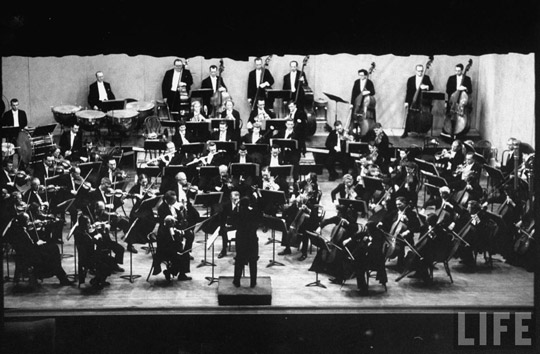
The Seattle Symphony performing with the Budapest String Quartet in 1957. View more in the LIFE photo archives.
One of the frequent subjects photographed by Darius Kinsey during his trips out to the early logging camps of the Pacific Northwest were the powerful locomotives used to haul the massive fallen trees back out of the forests. Unlike the locomotives used to pull freight and passengers, the specially designed logging locomotives had to deal with steep inclines, tight turns, and unstable tracks.
Related post: The Photography of Darius Kinsey
Clunky wingtip boots are probably the first thing to come to mind when thinking of Tricker’s, but like the other Northampton firms, they have a very wide catalog of shoes available. Motorcycle boots are among them.
It is a hard to find design and they’re reminiscent to the older equestrian boots and puttees (leg coverings) that were popular with motorcycle riders up until the 1940’s. I passed up on a pair in my size years ago and I’ve regretted it ever since, but I wonder if a custom order might be an option I should ask about.

Another source, also available in brown.
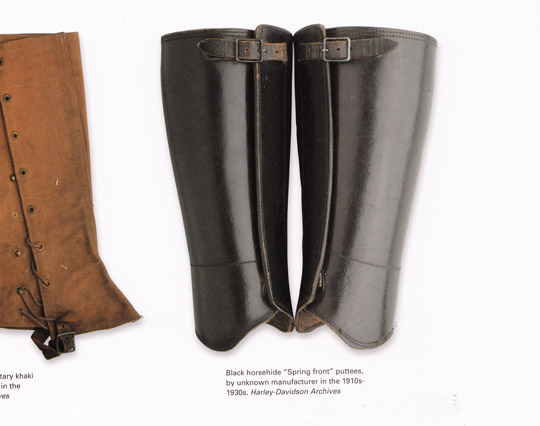
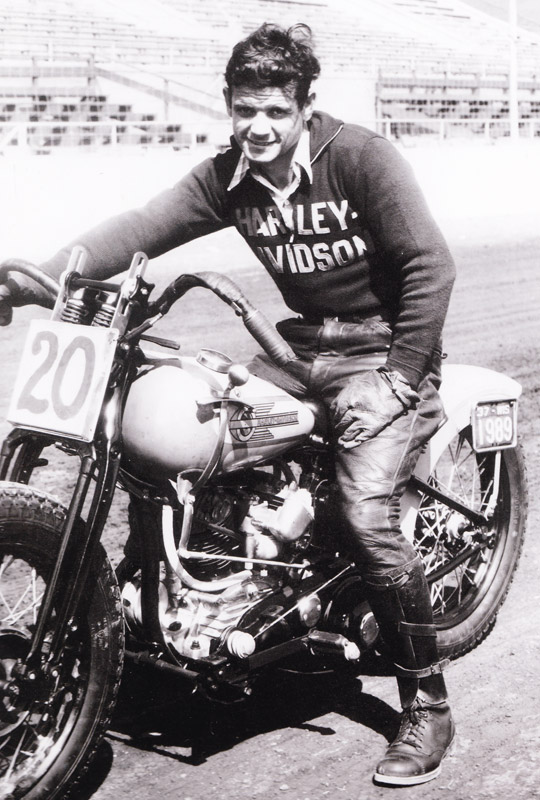
Puttees, as shown in Rin Tanaka’s Harley Davidson Book of Fashions.


More boots and puttees worn in a group photo in front of a Harley-Davidson dealer in 1925.
Here’s another fascinating gem found on Google Books: a 1905 catalog for clothing to be worn when riding on the new mechanical wonder known as the automobile. This period was probably a rough transition in menswear – the stylish clothing that men preferred previously were now impractical for the faster open carriage cars and there was probably quite a bit of trial and error involved in finding what worked and what didn’t.
Inside the catalog: lots of goggles, many leather jackets (including some short cropped models that I wonder might have led to the evolution of the current motorcycle jackets of today), long fur coats, and bizarre racing suits. [Google Books]

Feeling adventurous, I picked up a few seasonal beers that I usually avoid – pumpkin beers were new to me, so I had no idea on what to expect. The samples: Southern Tier Pumpking, the Elysian Night Owl and The Great Pumpkin, and the Dogfish Head Punkin Ale.
College football illustrations by Frederic Remington, circa 1878. For a brief time, he was an art student at Yale and also played on the school’s team, which became the subject of many of his early drawings. From wikipedia:
Remington attended the art school at Yale University, the only male in the freshman year. However, he found that football and boxing were more interesting than the formal art training, particularly drawing from casts and still life objects. He preferred action drawing and his first published illustration was a cartoon of a “bandaged football player” for the student newspaper Yale Courant. Though he was not a star player, his participation on the strong Yale football team was a great source of pride for Remington and his family.
He left school the following year to take care of his father who had tuberculosis.
Related post: Cowboys and Vaqueros


